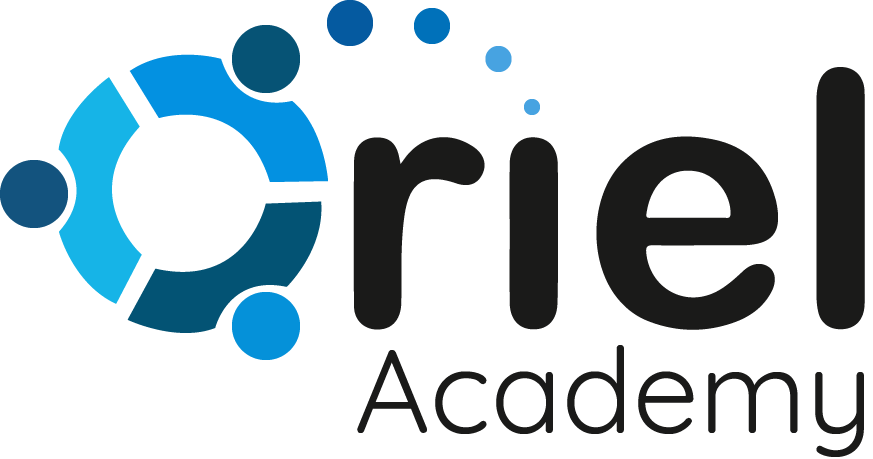We’ve all been there—standing in front of a group of people, experiencing the thrill, the nervousness, and the enthusiasm as you prepare for a presentation. Whether it’s for the workplace, classroom, or special project, what you say makes all the difference. When you present well, you engage with your audience, make a lasting impression, and open doors to opportunities. If you want to step up your presentation skills, you’re in the right place. The following are 17 ways that will enhance your impact and get your audience engaged.
1. Begin with a Bang
The start of your presentation is your moment to capture the attention of your audience. It’s your first impression—and first impressions count. A startling fact, a strong quote, or even a humorous anecdote can establish the tone. Suppose you’re hearing a wonderful story, and then the storyteller just stops. It’s quite disappointing, isn’t it? That’s what occurs when you fail to capture your audience from the very beginning of your presentation.
2. Know Who You’re Talking To
Have you ever been in a presentation where you felt like the speaker had no clue who you were? It’s awkward, isn’t it? The greatest presentations address their audience directly. Consider who they are, what they care about, and how they’ll best hear your message. For instance, if you’re addressing a group of marketers, you can use buzzwords and facts regarding conversions and ROI. However, if you’re addressing a creative team, you can emphasize more about storytelling and emotional connection.
3. Set the Scene with a Clear Structure
People enjoy easy-to-understand and straightforward stories. So, rather than rambling, divide your presentation into different parts, start with an introduction, then talk about and explain the pointer focusing on the body, and finally conclude your presentation. In the body, limit yourself to three or five points. That’s generally sufficient to maintain interest without flooding your audience. Like providing signposts such as, “First, we’re going to plunge into the major challenges” or “Next, let’s discuss how we can get over these obstacles.
4. Use Visuals That Pack a Punch
We all have sat through presentations with slides that are an absolute eyesore—too much text, too many bullets. It’s not only unexciting, but it’s also a failure. Keep visuals clean and concise. They ought to assist in telling your story, not derail it. As per Brain Rules by John Medina, it has been proven that humans retain 65% of visual data three days post-presentation, as opposed to 10% of textual information. If you’re talking about market trends, show a simple graph with clear data points, rather than reading off a long list of numbers.
5. Let Your Body Do the Talking
Your body language has the potential to convey more than words ever would. Stand confidently, maintain eye contact, and don’t fidget. If you’re engaged about what you’re discussing, it should appear that way—both in the words you say and in how you move about and sit too. So maintain confidence in your body language, like rather than standing rigidly behind the podium, move out from behind it and interact with your audience. Move around to make your presentation more dynamic and intimate.
6. Less Text, More Action
There is a straightforward rule: If your slide is packed with text, it is not helping you; it is most likely making your presentation more difficult for you. Nobody wishes to read paragraphs when you talk to them—they need you to summarize and elaborate. So, rather than loading your slide with everything, use imagery to emphasize your point. A single image or a brief, powerful phrase will usually get across more than a bullet point list.
7. Hear as Much as You Talk
Speaking is not merely just about talking to yourself; it is about connecting. Tune in to your audience—be that in an interactive Q&A session, reading the room, or even just reacting to their body language. That instant feedback enables you to make a change in the moment. Like, if a person appears bewildered or disconnected, stop and ask them how they are doing. “Does that make sense?” or “Let me make one point clear to you” Such questions often work wonders in maintaining a connection between you and the audience present.
8. Master the Power of Pausing
Sometimes, silence is your best friend. Pausing after a point of importance provides your audience with time to absorb what you are saying. It also builds anticipation for what comes next. The short silence can truly highlight your message. Following a strong concept, breathe deeply and allow the space to absorb it.
9. Share Stories, Not Facts
We recall anecdotes better than facts, figures, data points, or statistics. Why? Because stories touch us emotionally. So, incorporate a narrative into your presentation that makes your concepts tangible and memorable. Rather than simply speaking about “the importance of teamwork,” tell an anecdote about a team that battled against odds to accomplish something special.
10. Get Your Audience Involved
Individuals learn more effectively when they are actively participating. Try to incorporate audience participation tools such as polls, Q&A, or even mini-activities. The more engaged your audience is, the more interested they will be in your presentation. Example: During a time management session, have your audience ask themselves, “What’s the biggest time waster in your day?” Instantly, interest is piqued and minds are engaged.
11. Keep It Simple, Keep It Clear
Don’t make your presentation too complicated. Although it is tempting to demonstrate your knowledge, keeping things simple will make things stronger. Reduce tricky concepts into straightforward ideas. Suppose you’re explaining a complex new technology gadget; equate it to something people already know. For example, think of this tool like your phone’s app store—everything you need, at your fingertips.
12. Own the Q&A Session
Q&A can be scary, but it’s also your chance. Own it! Respond to questions assertively, and if you don’t know the answer, tell the truth and say you can follow up afterward. Be gentle with difficult questions. If the other person directs a question too far off base, you may redirect it delicately by mentioning, “That’s a point, but for now, let’s concentrate on X, and I can continue with Y afterward.”
13. Make Technology Work for You (Not Against You)
Don’t do too much, but a little bit of tech can go a long way. Employ tools such as audience response systems, interactive apps, or simply basic PowerPoint animations to get your point across and be interesting. Like, if you’re doing a survey during your presentation, use a live polling app so the audience can instantly see how others are responding.
14. Respect Time
Nothing will alienate your audience more quickly than going off course and rambling past your time limit. Rehearse your presentation to ensure that you cover your key points without going on and on. Make it concise and effective. If you have 30 minutes, try to talk for around 20 minutes and reserve 10 for questions and discussion. This provides a well-balanced rhythm and maintains high energy levels.
15. End with a Purpose
Don’t merely thank your audience and exit the stage. Leave them with a clear takeaway. What do you want them to do with what you just told them? If you take away one thing from today, it’s this: Begin taking action on your priorities today. Don’t wait for the ideal moment. The moment is now, the moment you’re at the forefront of speaking to your audience.
16. Manage Nervousness Like a Pro
It’s completely normal to feel nervous before a presentation. Rather than attempting to eliminate the anxiety, accept it. Your nervousness is an indication that you’re invested in giving an excellent presentation. With practice and preparation, you can learn to control them. Attempt a quick breathing exercise before stepping on stage: Breathe in for 4 seconds, hold for 4 seconds, and breathe out for 4 seconds. It will help you relax your mind and refocus.
17. Ask for Feedback, Then Grow
The most effective speakers never stop trying to better themselves. After each presentation, ask for feedback—both positive and critical. The more feedback you receive, the more you can hone your skills. Ask the audience, “Did I lose you at any point? Were there parts where I could have explained things more clearly?” Your audience’s insight is invaluable in helping you grow as a presenter.
Conclusion
It’s not about making everything perfect—making your presentation skills better is about connecting with your audience. Each time you get up in front of a group, you have the opportunity to connect, inspire, and share your ideas in a way that will stick. With these 17 tips, you’re ready to take your delivery to the next level, make a greater impact, and leave your audience not only informed but truly energized. So, go ahead—make your next presentation one they won’t forget!
At Oriel Academy, we believe that the ability to present well is paramount to success. Whether you are just beginning or seeking to take your skills to the next level, we’re here to help you develop. With the right tools and assistance, you can confidently become an expert at presenting and open new doors in your career.
Sign up with us today, and let’s take your presentations—and your career—to the next level!





